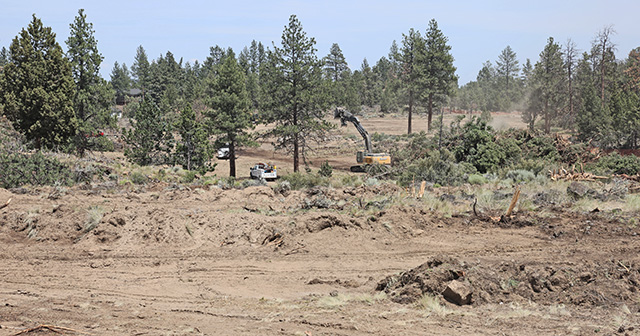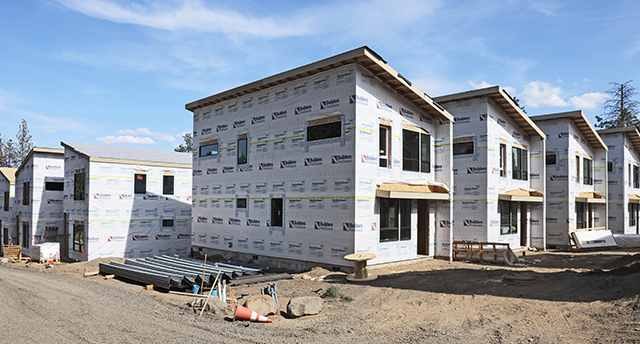Sparrows cram birdhouse for warmth
Published 12:00 am Friday, November 28, 2014
Q: As an avid bird-watcher, I spent time a few years ago counting birds for the Audubon Society. They found that the blue jay was in decline. Can this still be true? I observed at my feeder the other day 11 of them at one time. I also witnessed, this November, sparrows feeding at my bird feeder, then going in and out of my birdhouse for reasons that escape me. What can they possibly be doing — surely not breeding in this weather?
A: All wild animals have changes in populations. There was a dip in jays and their relatives, the crows, due to West Nile virus a few years back. Such a population dip is natural and can repair itself over time. A decline due to human involvement usually does not repair itself naturally, though. It is up to humans to fix what is broken in the animals’ habitats.
The populations of most native birds is in decline everywhere. This data come from readers like yourself: You feed the wild birds and then report what you see to scientists trained to interpret the data. Anyone who feeds wild birds and wants to help in this manner can contact the Cornell University Lab of Ornithology and join Project Feeder Watch, (feederwatch.org).
The project is especially great for children and a great classroom experience. The teacher can hang a bird feeder from any classroom window and thus bring the natural world right before a group of students who learn to observe and appreciate it.
The reason you saw all those sparrows crowd into the birdhouse at this time of the year is because many birds that nest in cavities during the summer will also roost in them at night during the winter. The more that can squeeze inside the cavity means the warmer it is in there for them. This behavior has nothing to do with reproductive behavior. It is all about keeping warm.
Q: My aunt passed away recently and I inherited her 25-year-old yellow nape Amazon parrot. I promised my aunt I would care for “Roger,” and I am doing the best I can.
After I adopted him, I took him to a vet as I knew nothing about parrots, and the vet told me that Roger was too fat. My aunt fed him only sunflower seeds and peanuts. The vet advised me to give him a diet of pellets, fruits and vegetables.
It took a while to train Roger to eat the pellets, but now he does. I have little time to go out and buy fruits and vegetables, as I work two jobs and rarely eat at home. I can do apples and carrots, as they keep well after they are cut, but do you have any other suggestions for me?
A: I am in the same situation as you, as we are so busy these days, and the crisper in our fridge rarely has more than a mealy apple and a couple of sprouted potatoes in it.
However, I truly believe that some kind of produce is very important to pet birds on a daily basis, for nutrition and variety. Many birds get bored on a diet of just pellets, and seed alone is not enough to give them everything they require.
A healthy, well-adjusted bird should look forward to anything new offered to it. What I do is get a bag of frozen mixed vegetables and then thaw them out. Most of these combos contain lima beans, string beans, corn, peas and other such veggies, all cut up into small bits. I mix the thawed veggies with a can of fruit cocktail packed in juice (I usually do three parts of the veggies to one part of the fruit cocktail). Then, I just keep this combo in a Tupperware container in the fridge and put a few spoonfuls in each bird cage every morning.
The combo is very colorful with the green beans, yellow corn and orange carrots, and it attracts the bird’s attention. And though it may not be as nutritious as perfectly fresh produce, it is still much better than a mealy apple and sprouted potato. Just be sure that you give the bird only what it can eat in one day, as any uneaten food like this left on the bottom of the bird’s cage can spoil very quickly and attract fruit flies.







